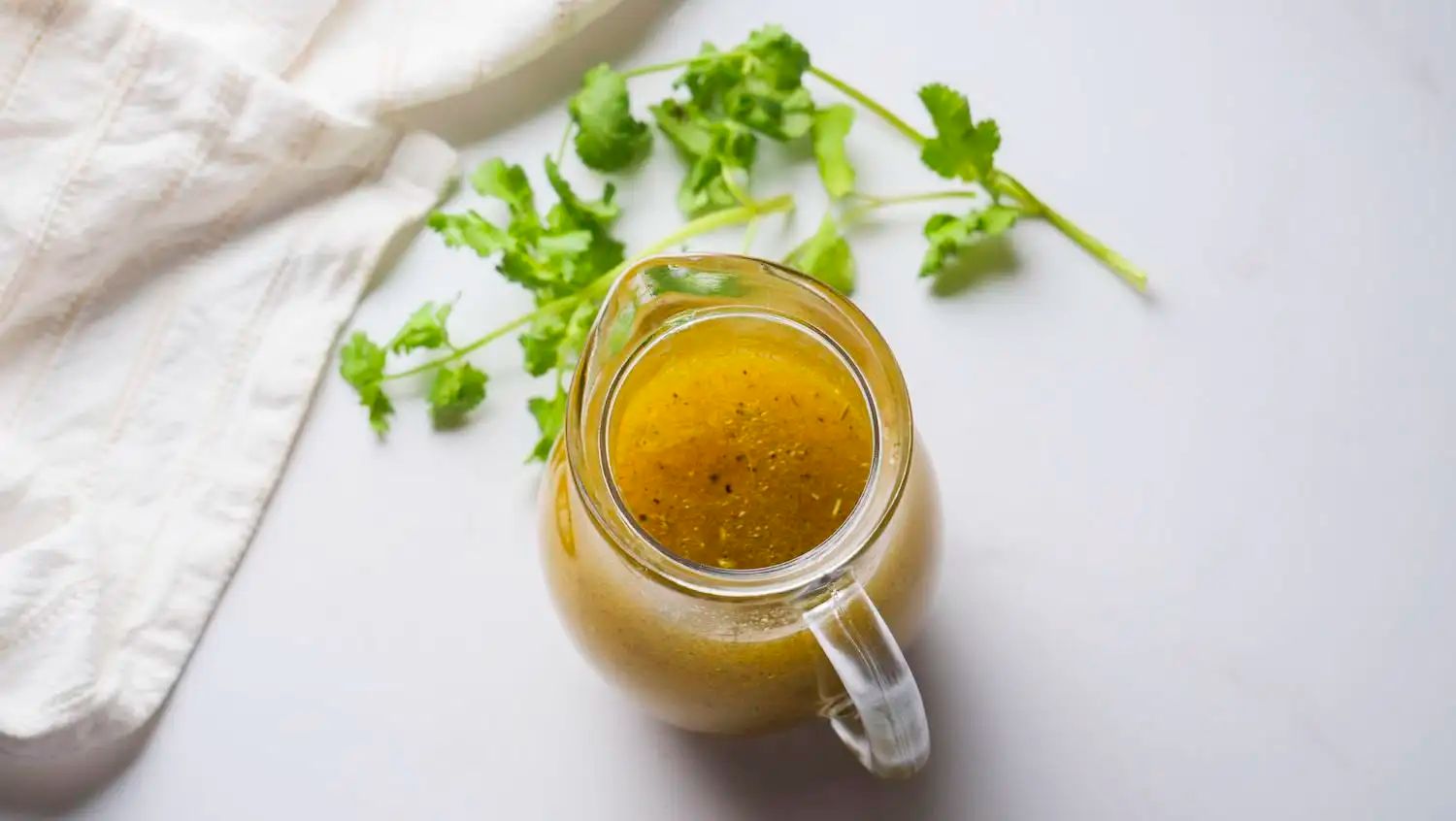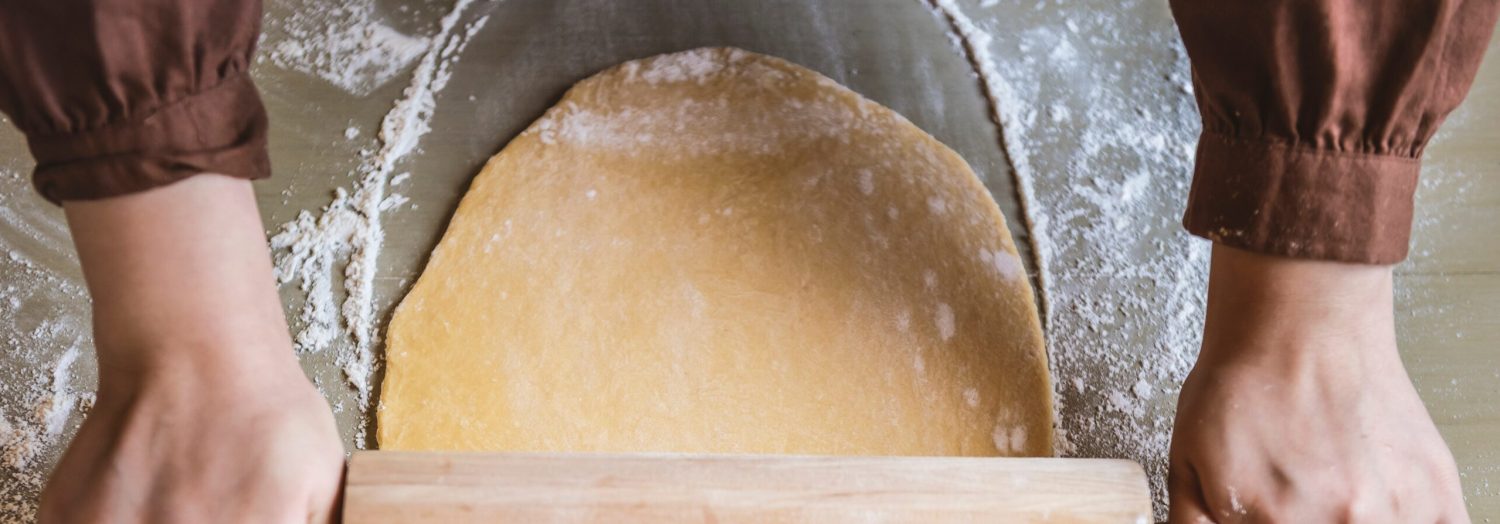This white balsamic vinaigrette is a delightful blend of tangy and sweet flavors, perfect for elevating your salads and fresh greens. The combination of white balsamic vinegar, extra virgin olive oil, and dijon mustard creates a harmonious balance that will make your taste buds dance.
If you don't already have white balsamic vinegar in your pantry, it's worth seeking out at the supermarket. This vinegar is milder and slightly sweeter than traditional balsamic vinegar, making it ideal for vinaigrettes. Dijon mustard adds a subtle kick and helps emulsify the dressing, while extra virgin olive oil provides a rich, fruity base.

Ingredients For White Balsamic Vinaigrette Recipe
White balsamic vinegar: A milder, slightly sweeter alternative to traditional balsamic vinegar, perfect for vinaigrettes.
Extra virgin olive oil: Provides a rich, fruity base for the dressing, enhancing the overall flavor.
Dijon mustard: Adds a subtle kick and helps emulsify the dressing, ensuring a smooth texture.
Garlic: Freshly minced garlic adds a robust, aromatic flavor to the vinaigrette.
Honey: Balances the tanginess of the vinegar with a touch of sweetness.
Salt and pepper: Essential for seasoning, bringing out the flavors of the other ingredients.
Technique Tip for Making This Vinaigrette
When making a vinaigrette, it's crucial to achieve a proper emulsion to ensure the dressing doesn't separate. To do this, start by combining the white balsamic vinegar, dijon mustard, minced garlic, and honey in a bowl. These ingredients help stabilize the mixture. As you slowly drizzle in the extra virgin olive oil, whisk vigorously and continuously. This technique allows the oil to break into tiny droplets that are evenly dispersed throughout the vinegar mixture, creating a smooth and cohesive dressing. If you find whisking by hand challenging, you can use a blender or food processor for a more consistent emulsion.
Suggested Side Dishes
Alternative Ingredients
white balsamic vinegar - Substitute with apple cider vinegar: Apple cider vinegar has a similar acidity and sweetness, making it a good alternative.
white balsamic vinegar - Substitute with rice vinegar: Rice vinegar is mild and slightly sweet, closely mimicking the flavor profile of white balsamic vinegar.
extra virgin olive oil - Substitute with avocado oil: Avocado oil has a similar texture and a neutral flavor, making it a suitable replacement.
extra virgin olive oil - Substitute with grapeseed oil: Grapeseed oil is light and has a mild flavor, which works well in vinaigrettes.
dijon mustard - Substitute with whole grain mustard: Whole grain mustard provides a similar tangy flavor and texture.
dijon mustard - Substitute with yellow mustard: Yellow mustard can be used in a pinch, though it is slightly milder and less complex.
garlic - Substitute with shallots: Minced shallots offer a milder, sweeter flavor that complements vinaigrettes well.
garlic - Substitute with garlic powder: Garlic powder can be used if fresh garlic is unavailable, though it is less pungent.
honey - Substitute with maple syrup: Maple syrup provides a similar sweetness with a slightly different flavor profile.
honey - Substitute with agave nectar: Agave nectar is a good alternative for a similar sweetness and consistency.
salt - Substitute with sea salt: Sea salt can be used interchangeably with table salt for a similar flavor.
pepper - Substitute with white pepper: White pepper offers a similar heat without the black specks, ideal for a smoother appearance.
Other Alternative Recipes Similar to This Vinaigrette
How to Store or Freeze This Vinaigrette
To store your white balsamic vinaigrette, transfer it to an airtight container or a glass jar with a tight-fitting lid. This helps maintain its freshness and prevents any unwanted flavors from seeping in.
Place the container in the refrigerator. The vinaigrette will keep well for up to a week, making it a convenient option for quick salads or as a marinade for grilled vegetables and meat.
Before using, give the vinaigrette a good shake or stir. The olive oil and vinegar may separate over time, but a quick mix will bring it back to its perfect consistency.
If you notice any changes in smell, color, or texture, it's best to discard the vinaigrette. Freshness is key to maintaining the delightful flavors of your salads and dishes.
For freezing, it's generally not recommended as the texture and flavor of the vinaigrette can be compromised. However, if you must, pour the vinaigrette into ice cube trays, freeze until solid, then transfer the cubes to a freezer-safe bag. Thaw in the refrigerator and whisk well before use.
When using the vinaigrette as a marinade, consider making a double batch. Use half for marinating chicken, fish, or tofu, and reserve the other half for drizzling over your finished dish. This ensures you have a fresh, uncontaminated portion for serving.
Always label your containers with the date of preparation. This helps you keep track of its shelf life and ensures you enjoy the vinaigrette at its peak flavor.
If you enjoy a variety of dressings, consider making small batches of different vinaigrettes. This way, you can switch up your salads and meals without committing to a large quantity of one type.
How to Reheat Leftovers
- Gently whisk the white balsamic vinaigrette to recombine any separated ingredients before reheating.
- Pour the vinaigrette into a small saucepan.
- Warm over low heat, stirring occasionally, until it reaches the desired temperature. Avoid boiling to preserve the delicate flavors.
- Alternatively, microwave the vinaigrette in a microwave-safe container. Heat in 10-second intervals, stirring in between, until warm.
- For a quick fix, place the vinaigrette in a heatproof bowl and set it over a pot of simmering water, stirring gently until warmed through.
Essential Tools for Making This Vinaigrette
Mixing bowl: A large bowl to combine and whisk the ingredients together.
Whisk: Essential for blending the vinegar, mustard, garlic, and honey, and for emulsifying the olive oil into the mixture.
Measuring cups: Used to accurately measure the white balsamic vinegar and olive oil.
Measuring spoons: Necessary for measuring the dijon mustard, honey, salt, and pepper.
Garlic press: Handy for mincing the garlic clove quickly and efficiently.
Cutting board: Provides a stable surface for mincing the garlic.
Chef's knife: Used for mincing the garlic clove finely.
Storage container: An airtight container to store the vinaigrette in the refrigerator for up to a week.
How to Save Time on Making This Vinaigrette
Pre-mince garlic: Mince garlic in bulk and store it in the refrigerator to save time when making the vinaigrette.
Use a blender: Combine all ingredients in a blender for a quick and easy emulsification.
Pre-measure ingredients: Measure out the vinegar, olive oil, and other ingredients in advance to streamline the process.
Batch preparation: Make a larger batch of the dressing and store it in the refrigerator for up to a week.
Use a squeeze bottle: Store the vinaigrette in a squeeze bottle for easy dispensing and less mess.
White Balsamic Vinaigrette Recipe
Ingredients
Main Ingredients
- ¼ cup white balsamic vinegar
- ½ cup extra virgin olive oil
- 1 tablespoon Dijon mustard
- 1 clove garlic, minced
- 1 teaspoon honey
- to taste salt and pepper
Instructions
- In a bowl, whisk together the white balsamic vinegar, Dijon mustard, minced garlic, and honey.
- Slowly drizzle in the olive oil while whisking continuously to emulsify the dressing.
- Season with salt and pepper to taste.
- Serve immediately or store in the refrigerator for up to a week.
Nutritional Value
Keywords
More Amazing Recipes to Try 🙂
- Air Fryer Meatballs Recipe25 Minutes
- Loaded Baked Potato Salad Recipe35 Minutes
- Crumpets Recipe35 Minutes
- Grilled Cheese and Peanut Butter Sandwich Recipe10 Minutes
- Italian Spaghetti Sauce with Meatballs Recipe1 Hours
- Strawberry Salad Recipe10 Minutes
- Microwave Baked Potato Recipe15 Minutes
- Mango Banana Smoothie Recipe10 Minutes

Leave a Reply